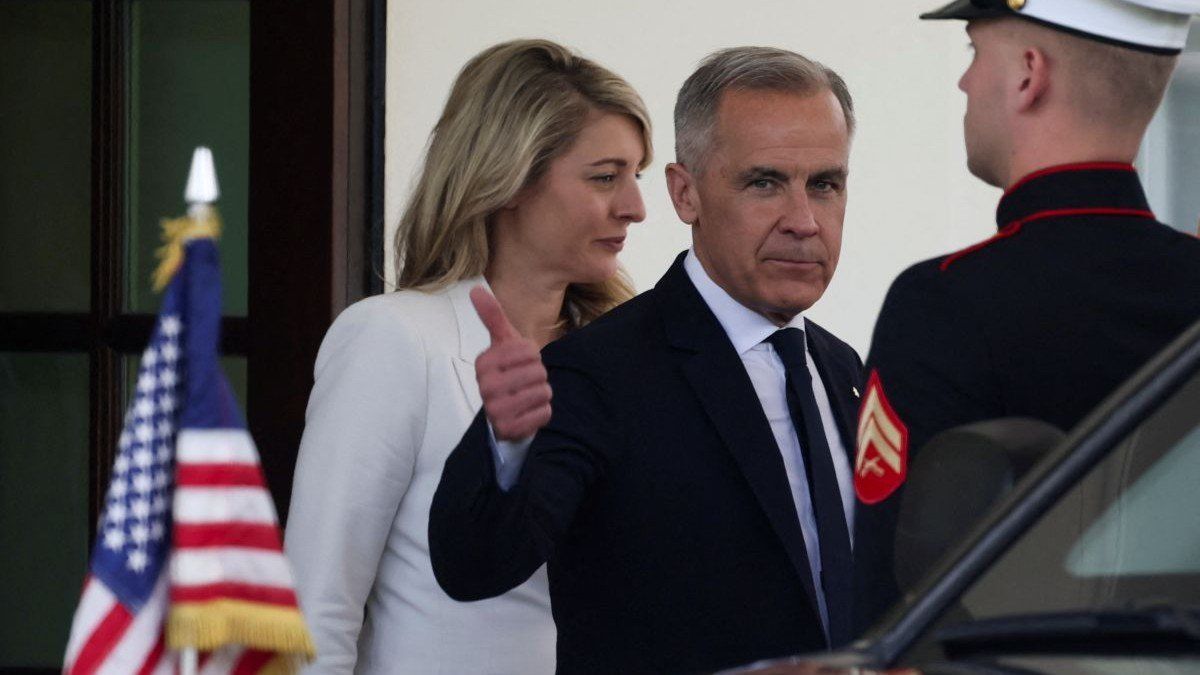Canada’s new prime minister, Mark Carney, won the election largely by adopting a pugnacious “elbows up” posture against the Trump administration. But now that he’s in office, he’s adopted a more diplomatic posture. His meeting at the Oval Office two weeks ago was remarkably civilized. He even called Donald Trump a “transformative president,” though a careful observer will note the ambiguity attached to the characterization. The meeting was a prelude to future talks on trade and a renegotiation of the USMCA.
But Carney’s apparent change of heart caused problems for him last week, when Canada had reportedly dropped its retaliatory tariffs against the US. Some hawkish Canadians, including opposition Conservatives, cried foul, suggesting Carney had campaigned on being tough with Trump only to back down after winning. Whether or not the claim is accurate, it won’t stop government opponents from running with the narrative.
What’s really happened: Canada’s retaliatory tariffs are still largely in place, and Finance Minister François-Philippe Champagne says that 70% of tariffs for “end use” goods remain. The government has, however, temporarily paused some tariffs on food and beverage processing items, medical supplies and equipment, and vehicles.
The moves suggest the government is out to walk a fine line: standing up to Trump while also not provoking him and — critically — listening to domestic industries and consumers who aren’t eager to pay higher prices for essential American-made inputs simply to retaliate against the US.
The upshot: Carney isn’t in election-mode anymore. He’s governing, and watching his elbows. The strategy is to avoid antagonizing Trump, trying to bargain with him, while making it clear that Canada is not for sale and will never become the 51st state. It’s not quite what Carney ran on, but he seems to be betting that it has a better shot at working than waving a red cape in front of a bull.
